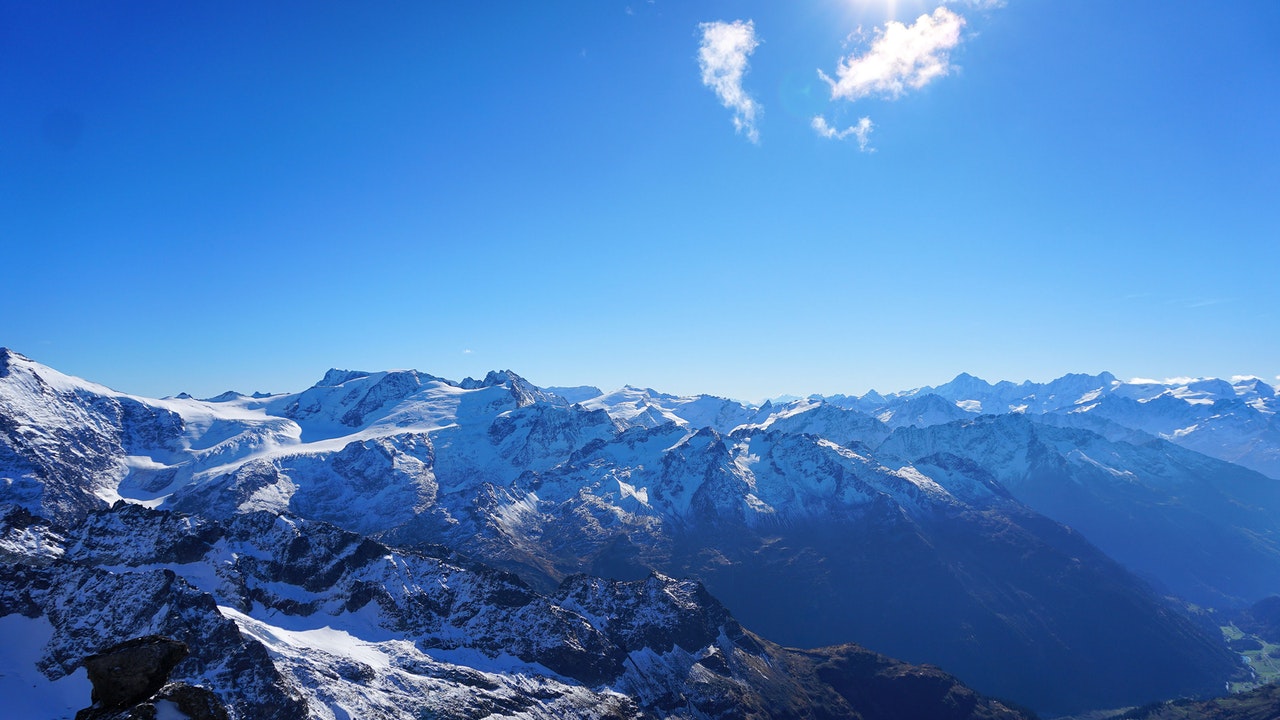
I learned this today. Tectonic plates move because the weight of their cold dense side pulls them into the mantle of the Earth. This is called slab pull.
Hot things rise and cold things sink. This occurs because hot things have more energy than cold things, so the atoms move more and spread out. This makes hotter things less dense than colder things. Less dense things have less mass per volume than more dense things, so they rise. They rise until they cool down, which means they lose their energy, and then they sink again. This process continues. This can be seen in the air. Hot air rises, cools when it gets high and sinks again. You can see it in a bowl of pasta you cook. It happens in the sea. Warm sea water rises, cools, and sinks. It also happens in the Earth’s mantle.
One thing that we need to deal with here is that the Earth’s mantle is not a liquid. We picture the mantle of the Earth as a huge sea of liquid molten rock, with the tectonic plates floating on it, but that isn’t correct. It is a partially molten layer of rock that can move plastically. Rock melts at, depending on the rock, between 600 and 2,000℃. The temperature increases by about 30℃ for every kilometer into the Earth, down to about 3700℃ by the core. Rocks close to the surface aren’t hot enough to melt and they are solid. As we go deeper, the mantle gets slightly more viscous, but never a liquid. The rocks in the layer of the mantle called the asthenosphere are more viscous and they provide a lubricating layer for the tectonic plates to move on.
Plate tectonics happen in the outer layer of the mantle, which is called the lithosphere. This is the crust and the upper mantle, down to about 100km. The lithosphere is broken up into 7 major plates, 15 minor plates, and 56 microplates. These plates move on top of the mantle, but they don’t really float on it because it is not a liquid.
The plates are moved by something called “slab pull”. On one side of the plate, the convection currents through the mantle push hot, mostly molten rock up towards the crust. This rock hits the crust and sticks to it, slowly building it up. This rock becomes part of the crust. On the other side of the plate, at the next convection current, the rock is much colder and denser. Because it is cold and dense, it sinks back down into the mantle. This heavy, sinking rock pulls the rest of the plate with it. This is how the plates move.
The plates move at between 1 and 15cm a year. There are boundaries between the plates and these boundaries can be convergent boundaries, divergent boundaries, and transform boundaries.
Convergent boundaries are where two plates collide. The result of this depends on the density of the edge of the plate. If both plate edges are dense rock, continental crust, then they will drive each other up and create a large mountain range. When both plate edges are less dense, oceanic crust, they will drive each other down into the mantle and make a trench. When one edge is dense and one less dense, the less dense plate edge will be forced down into the mantle, creating a smaller mountain range.
Divergent boundaries are where two plates are moving apart. This will create valleys or mid-oceanic ridges. The space will be filled by hot rock coming up from the deeper mantle.
Transform boundaries are where two plates move past each other. This releases a huge amount of friction and is the cause of most earthquakes. Stress builds up until it is too much for the rock and the plate suddenly lurches forward, releasing energy.
Tectonic plate theory was proposed in 1912 by Alfred Wegener. He pointed at the way the continents looked as though they fitted together, like a jigsaw puzzle. He also showed the same fossils and rocks that were found on different continents. People didn’t believe him and it took another 50 years before the theory was accepted.
So, tectonic plates are the broken top layer of the Earth’s mantle. The upper mantle is solid rock. The lower mantle is more viscous rock that can move slowly. Hot rocks move up through the mantle and join the edge of a plate, making it larger. On the other side of the plates, the cold rock sinks back down into the mantle. This sinking rock pulls the rest of the plate, moving it. This is called slab pull. And this is what I learned today.
Photo by Wilson Tan from Pexels
Sources
https://en.wikipedia.org/wiki/List_of_tectonic_plates
https://www.nationalgeographic.org/encyclopedia/plate-tectonics/
https://www.livescience.com/37706-what-is-plate-tectonics.html
https://earthobservatory.sg/faq-on-earth-sciences/earth%E2%80%99s-mantle-made-liquid-magma
https://www.nationalgeographic.org/encyclopedia/mantle/
https://en.wikipedia.org/wiki/Mantle_convection
https://www.nationalgeographic.org/encyclopedia/plate-boundaries/
https://www.britannica.com/science/plate-tectonics/Earths-layers
https://www.geolsoc.org.uk/Plate-Tectonics/Chap2-What-is-a-Plate/Plate-Movement
https://en.wikipedia.org/wiki/Slab_pull

